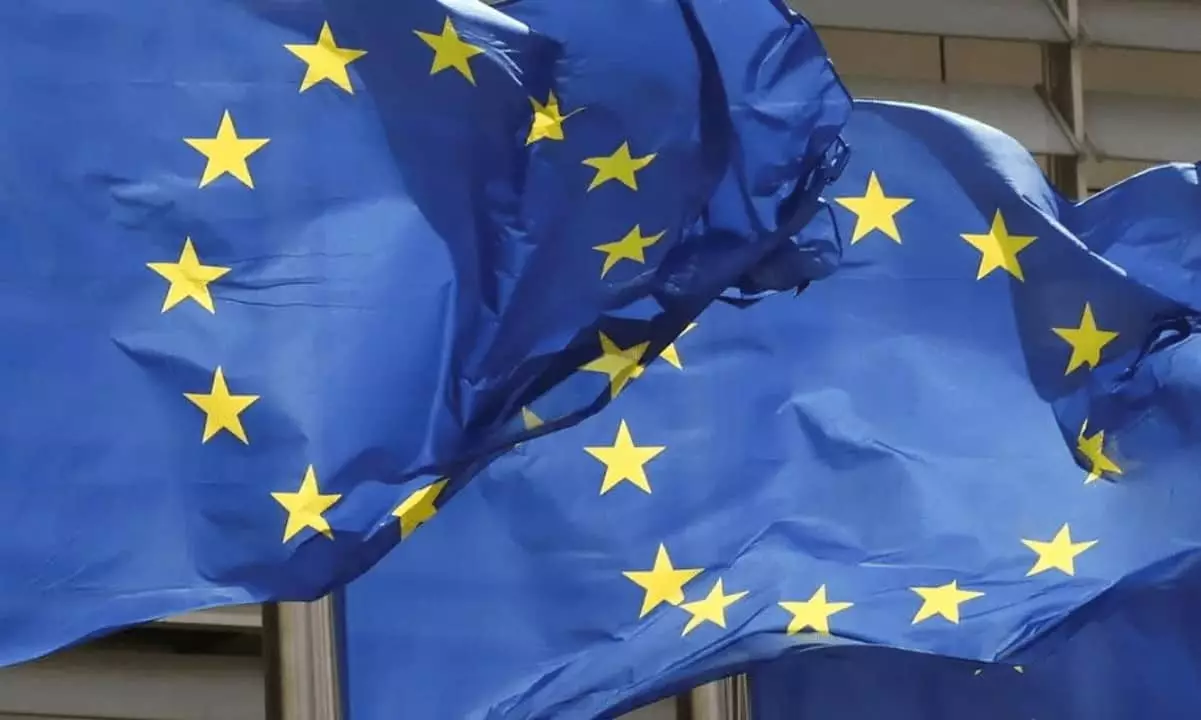Six months into the implementation of Europe’s landmark crypto regulation, MiCA, the landscape remains a complex maze of cautious optimism and practical hurdles. While the EU touts its comprehensive approach as a way to foster innovation and protect investors, the reality reveals a more delicate balance of power, compliance burdens, and fractured market responses. It’s clear that, despite the promising rhetoric, MiCA projects an image of regulatory overreach intertwined with genuine market adaptation. The fact that only a modest number of stablecoin issuers have obtained licenses so far indicates that this ambitious regulatory framework might be more aspirational than immediately practical. The European Union’s approach demonstrates an underlying desire to control and standardize crypto activities but risks suffocating the very growth and innovation it aims to foster.
Who’s Winning and Who’s Struggling?
Among the early adopters of MiCA licenses are well-known traditional financial institutions such as BBVA and Clearstream, alongside innovative fintech companies like N26 and eToro, and established crypto-native giants including Coinbase, Kraken, and Bitpanda. Their presence indicates a strategic alignment with the new framework, facilitating their expanded operations within the EU’s digital economy. However, the regulatory landscape isn’t uniformly welcoming—over 35 firms have already been marked as non-compliant, with Italy’s CONSOB leading efforts to flag these concerns. This discrepancy reveals a fragmented market where some firms are racing to meet strict standards, while others risk being left behind or forced out. Moreover, the lack of asset-referenced tokens (ARTs) signifies a market still searching for demand and clarity—highlighting that regulation alone cannot create instant innovation; market interest and consumer confidence are vital as well.
The Good, the Bad, and the Unrealized
On the surface, MiCA promises enhanced transparency, investor protection, and market stability. More than 10,000 crypto businesses will feel the ripple effects, requiring costly adjustments to their compliance frameworks—an expense that could potentially stifle smaller startups and give incumbent firms an outsized advantage. While industry insiders praise the regulation’s potential for mainstream integration, skepticism persists about whether these rules can be truly enforced across diverse jurisdictions and a rapidly evolving market. The Dutch Authority for Financial Markets (AFM), as an active licensing authority, exemplifies the confidence some regulators have in the process, but even this enthusiasm is tempered by the failure to foster a thriving ART market. This stagnation suggests the regulation’s breadth might be its undoing—aiming to control too many variables at once, choking off novel financial instruments before they can take root.
The Centrist Dilemma: Regulation or Overreach?
From a centrist perspective leaning towards pragmatic liberalism, MiCA’s approach embodies a necessary step toward balancing innovation with oversight. Yet, it also teeters dangerously close to overregulation that could inhibit Europe’s competitive edge. While the projected growth to a $1.2 trillion market by 2025 is optimistic, it hinges on the ability of the industry to navigate the labyrinthine compliance landscape without excessive costs or regulatory backlash. Policymakers must recognize that fostering a thriving crypto sector depends on more than just setting rules—it requires creating an ecosystem that encourages responsible innovation without overwhelming firms with bureaucracy. While investor confidence is climbing, it is fragile, and the potential for regulatory overreach to produce unintended consequences remains high.
A Roadmap for Meaningful Progress
If Europe truly intends to be a leader in digital finance, it must focus on fostering flexibility within its regulatory framework and accelerate the acceptance of innovative assets like ARTs and tokens representing real-world assets. The current momentum, which is heavily skewed toward traditional financial players obtaining licenses while startups grapple with compliance costs, risks creating a two-tier market: one protected and well-funded, the other hamstrung and marginalized. The regulatory approach should not be merely about control but about cultivating a sustainable environment where innovation can thrive responsibly. Europe’s ambitions to control and standardize are admirable, but they must also be adaptable if the region aims to avoid falling behind jurisdictions that adopt a more pragmatic, market-friendly stance. Without this balance, MiCA risks becoming a well-intentioned but ultimately hollow gesture—an ambitious framework that fails to deliver its promises of innovation and growth.
















Leave a Reply